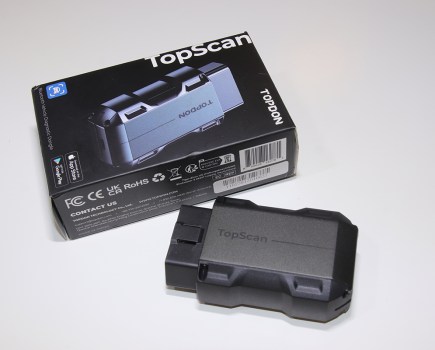This entry-level sander and polisher from Sealey seems suited to car polish novices and beginners. The Sealey MS925PS can sand surfaces as well as polish them, and everything in between. So it can rectify faded paintwork, for example. A hook and loop backing pad is included, in which to attach sanding discs or a sponge pad (not included). There’s also a polishing bonnet, a tool to attach a handle, plus a spare set of brushes.
With my 1976 Volkswagen Bay Window campervan in the garage, its red paintwork had lost its shine in places. Could this polisher revive it?
RRP: £92.99, buy it here.
We check 1,000s of prices on 1,000s of retailers to get you the lowest new price we can find. Fastcar may get a commission from these offers. Read more here.
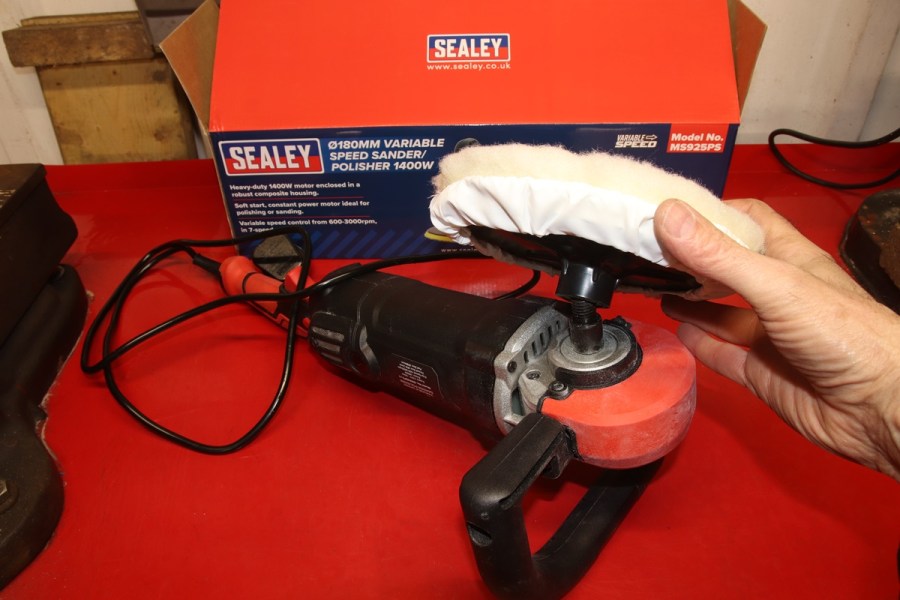
What’s in the box?
Sealey’s variable speed sander & polisher doesn’t have a carrycase or bag, although several are available from them. This mains-powered machine includes a large plastic D-handle and a couple of hex screws to secure it to the body. I initially found it awkward to fit. Once in position, there’s a tool to fit the two hex screws. And a hole in the side of the handle makes it easier to access one of them.
The 6ft-long (1.83m) power lead is very short. An extension lead will probably be needed. It may have to be carefully positioned to avoid fouling the bodywork of a vehicle when polishing it.
Fitting the supplied hook and loop backing pad is very straightforward. There’s a lock button on the body that stops the spindle moving. The short instruction leaflet supplied with this sander and polisher states the spindle has a left-hand thread. Our test model had a normal right-hand thread.
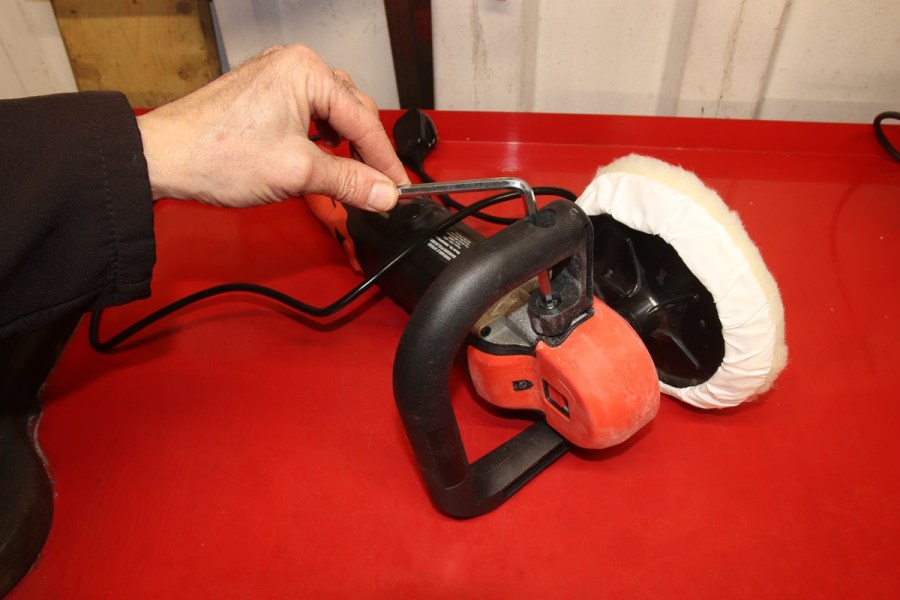
Tech Spec
The speed settings range from 600rpm to 3,000rpm. There’s a dial on the top of the body that is clearly labelled. It starts at 600rpm, followed by 1,000rpm, 1,400rpm, 1,800rpm, 2,200rpm, 2,600rpm and finally 3,000rpm. When running at a selected speed, there’s a mechanical push button to lock the trigger on. This lets you release the trigger and keep the polisher working. Another press of the trigger releases this lock and switches the polisher off.
This polisher also boasts a soft start, so it progressively builds up to its selected speed.
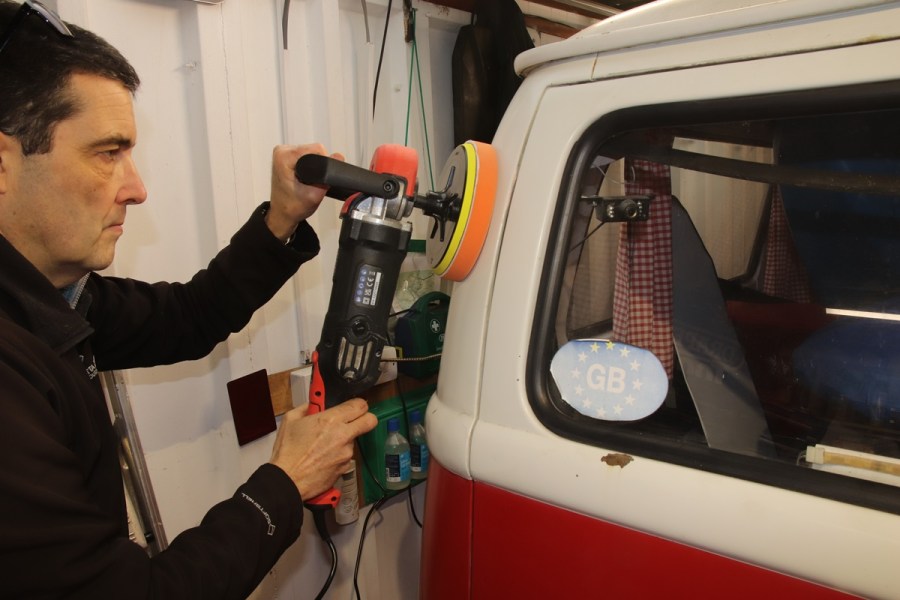
Using the Sealey MS925PS
As a sander, this is too aggressive and often difficult to control. A dedicated sander is a better option.
As a polisher, it’s easier to work with, especially at slower speeds for waxing and polishing. The slow speeds are useful. However, at the two slowest speeds, the motor occasionally dropped its speed and seemed to momentarily cut out. This was not noticeable at the faster speed settings.
I found it useful to adjust the speed setting whilst using the polisher, increasing and decreasing the speed. I also liked the variable speed trigger – the more you squeeze it the faster the motor spins.
There’s only a polishing bonnet included, so I borrowed a sponge pad to rectify some faded paintwork. Using a color restorer fluid at 2,200-3,000rpm, the polisher occasionally grabbed. It was, on the whole, controllable and effective, but it’s quite heavy at 8.8lb (4kg). And it’s noisy at 93dB when used on the fastest setting, so ear plugs or defenders are recommended.
With the D-handle attached, it’s handy to rest the polisher on its back without fouling the power lead.
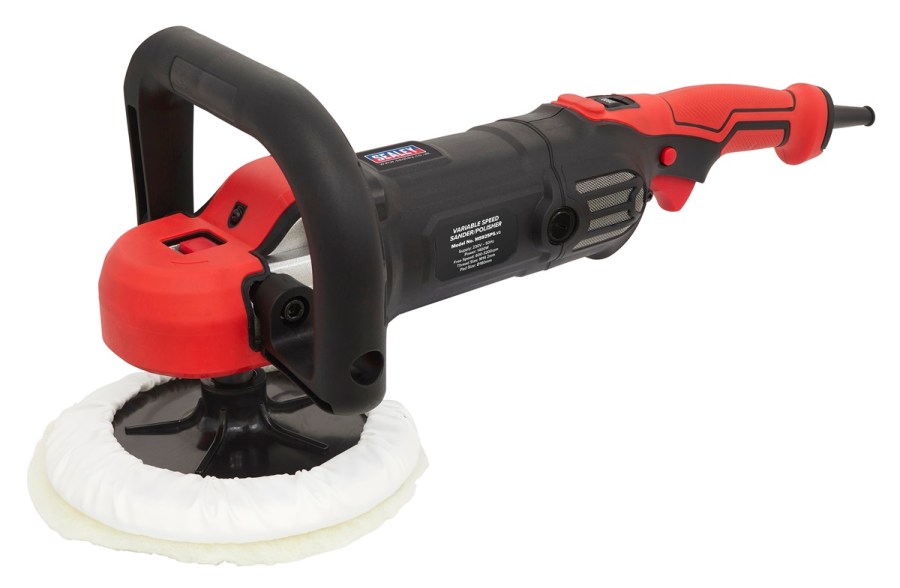
Verdict
For a heavy and noisy sander and polisher, this mains-powered machine is competitively priced. So it may appeal to novices or anyone wanting something that will be occasionally used. For regular use or anyone who is experienced with polishing, look for something lighter, quieter and probably more expensive.
See how it stacks up against its rivals in my machine polisher group test.





